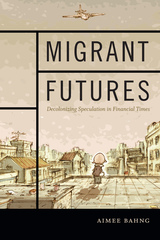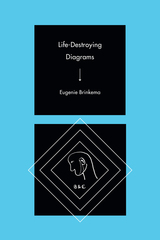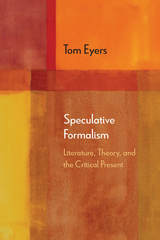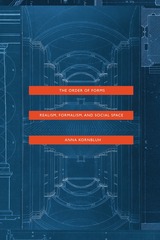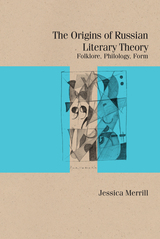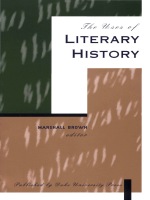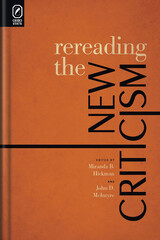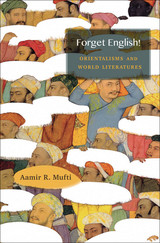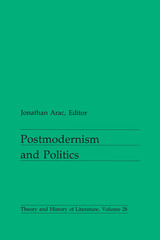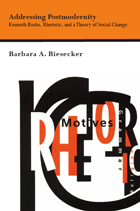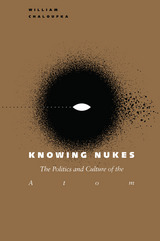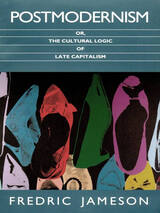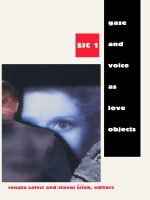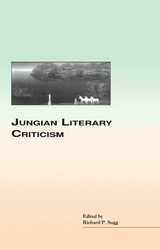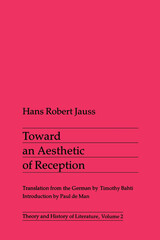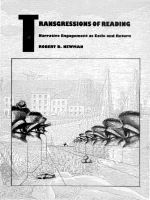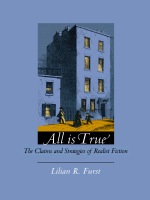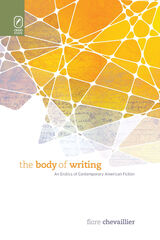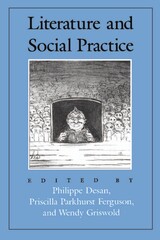Wittgenstein & Critical Theory: Beyond Postmodern Criticism and Toward Descriptive Investigations
Ohio University Press, 1994
Paper: 978-0-8214-1093-6
Library of Congress Classification PN98.P67B75 1995
Dewey Decimal Classification 801.95
Paper: 978-0-8214-1093-6
Library of Congress Classification PN98.P67B75 1995
Dewey Decimal Classification 801.95
ABOUT THIS BOOK | AUTHOR BIOGRAPHY | REVIEWS
ABOUT THIS BOOK
The crucial point of Brill’s study is that of fit: which critical methods prove most useful towards opening up which texts? Close investigations into the parameters of the language games of texts, critics, and methods enable us to determine which paths to take towards more complete descriptive analyses and critique. Such an emphasis on the philosophical method of Ludwig Wittgenstein reorients literary criticism to involve a conjoint responsibility to both reader and text as the literary critic assumes the humbler role of a guide who assists a reader in/to diverse literary texts. Wittgenstein’s philosophical approach provides us with a strong means of developing such a method for literary criticism—a method that points the way forward beyond postmodern criticisms and to a categorically new approach to literary texts.
Brill’s work discusses at length the implications of Wittgenstein for literary criticism and theory. The volume specifically investigates the implications of Wittgenstein’s work for a number of contemporary critical orientations (notably poststructualism, feminism, and psychology). In addition, the research includes actual applications of Wittgenstein for literary criticism: diverse literary texts (including a number of poems and stories by Native American authors) are approached via a Wittgensteinian method as a means of discerning which critical approaches might be more or less efficacious. Not only does the book provide a solid introduction to Wittgensteinian philosophy for the critical scholars, but it also provides a clear methodology useful to critics seeking a means to navigate through the entanglement of contemporary criticism and theory.
Brill argues that a reliance upon the philosophy of Ludwig Wittgenstein can enable literary critics to escape the seemingly endless dialectic between modern and postmodern theory. Instead of debating which theory is theoretically best, we need to describe when theories work—and when they do not.
Brill’s work discusses at length the implications of Wittgenstein for literary criticism and theory. The volume specifically investigates the implications of Wittgenstein’s work for a number of contemporary critical orientations (notably poststructualism, feminism, and psychology). In addition, the research includes actual applications of Wittgenstein for literary criticism: diverse literary texts (including a number of poems and stories by Native American authors) are approached via a Wittgensteinian method as a means of discerning which critical approaches might be more or less efficacious. Not only does the book provide a solid introduction to Wittgensteinian philosophy for the critical scholars, but it also provides a clear methodology useful to critics seeking a means to navigate through the entanglement of contemporary criticism and theory.
Brill argues that a reliance upon the philosophy of Ludwig Wittgenstein can enable literary critics to escape the seemingly endless dialectic between modern and postmodern theory. Instead of debating which theory is theoretically best, we need to describe when theories work—and when they do not.
See other books on: 1889-1951 | Critical Theory | Postmodernism (Literature) | Wittgenstein | Wittgenstein, Ludwig
See other titles from Ohio University Press

